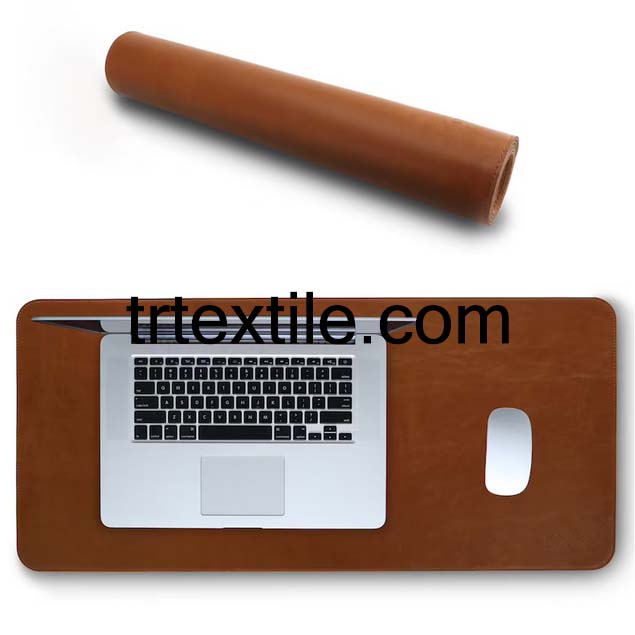Mouse pads are a common accessory for computer users, providing a smooth surface for the mouse to glide on and protecting the desk from scratches and wear. While they may seem like a simple product, mouse pads are actually produced through a complex manufacturing process that involves several steps.
The first step in mouse pad production is the selection of materials. Mouse pads are typically made from a combination of rubber and fabric. The rubber provides a non-slip base for the mouse pad, while the fabric surface allows for smooth mouse movement. The quality of the materials used can greatly impact the performance and durability of the mouse pad.
Once the materials are selected, they are cut into the desired shape and size for the mouse pad. This is typically done using a die-cutting machine, which can cut through multiple layers of material at once. The shape of the mouse pad can vary depending on the design and intended use of the product.
Next, the fabric surface of the mouse pad is printed with the desired design or logo. This is typically done using a process called sublimation printing, which involves transferring ink onto the fabric using heat and pressure. Sublimation printing allows for high-quality, full-color designs to be printed onto the mouse pad.
After the fabric is printed, it is attached to the rubber base of the mouse pad. This is typically done using a heat press, which bonds the two materials together. The heat press applies heat and pressure to the materials, creating a strong bond that will withstand repeated use.
Once the fabric is attached to the rubber base, the mouse pad is trimmed to its final size and shape. This is typically done using a cutting machine, which ensures that the edges of the mouse pad are clean and uniform.
Finally, the finished mouse pads are inspected for quality control before being packaged and shipped to customers. Quality control checks ensure that the mouse pads meet the necessary standards for performance and durability.
Overall, mouse pad production is a detailed process that involves several steps, from material selection to printing and assembly. By carefully following each step of the production process, manufacturers can create high-quality mouse pads that meet the needs of computer users around the world.




